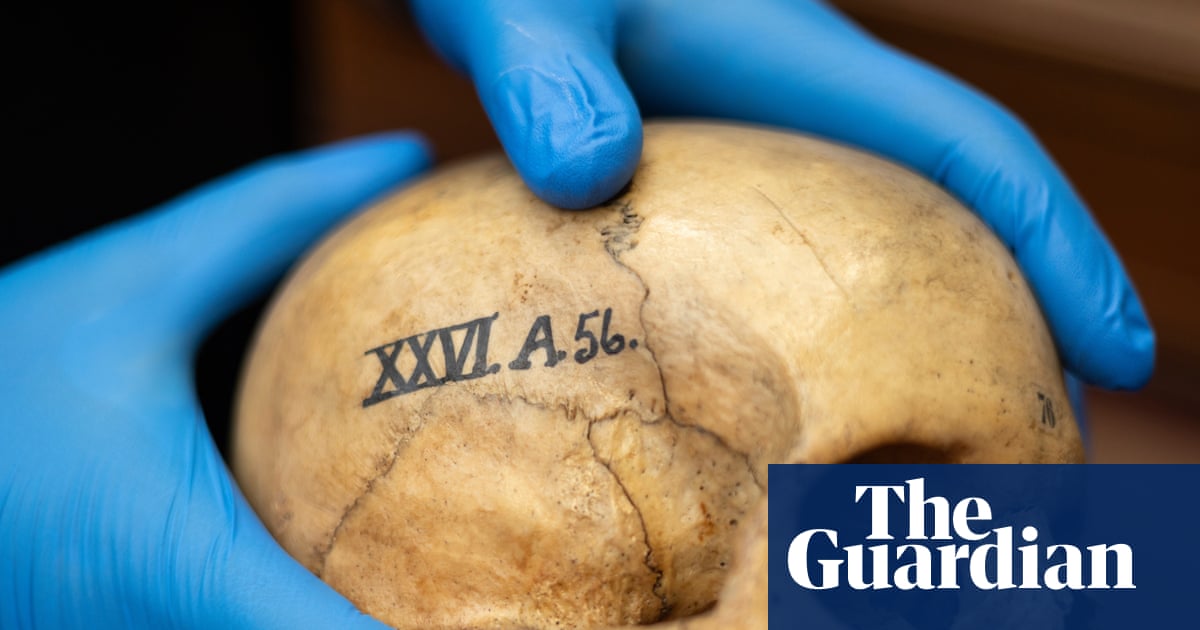
"Hundreds of skulls are neatly and closely placed, cheekbone to cheekbone, in tall, mahogany-framed glass cabinets. Most carry faded, peeling labels, some bear painted catalogue numbers; one has gold teeth; and the occasional one still carries its skin tissue."
"Among them are the skulls of two brothers who died while studying at Edinburgh. Their names are not recorded in the skull room catalogue but cross-referencing of matriculation and death records suggests they were George Richards, a 21-year-old medic who died of smallpox in 1832, and his younger brother, Robert Bruce."
"Researchers believe their case exemplifies the challenging questions facing the university, which, it has now emerged, played a pivotal role in the creation and perpetuation of racist ideas about white superiority and racial difference from the late 1700s onwards."
"Several hundred were collected by supporters of the racist science of phrenology the discredited belief that skull shape denoted intelligence and character."
The University of Edinburgh's skull room contains hundreds of skulls, some donated, others acquired through historical injustices like executions and military conquests. Among the skulls are those of George Richards and Robert Bruce, two brothers of mixed African and European descent who died while studying at the university. Their skulls were likely collected by the Edinburgh Phrenological Society to study racial differences, reflecting the university's role in propagating racist ideologies about intelligence and character linked to skull shape from the late 1700s onward.
Read at www.theguardian.com
Unable to calculate read time
Collection
[
|
...
]